| Author |
Message |
    
jb_castagnos
Senior Member
Username: jb_castagnos
Post Number: 1204
Registered: 07-2002

| | Posted on Friday, September 09, 2016 - 09:27 pm: | 




|
Many of you have heard of the recent flooding disaster that hit Louisiana, over 40,000 homes flooded. Hundreds of volunteers from all over South Louisiana, dubbed the Cajun Navy, showed up with their go anywhere duck hunting-crawfishing boats, working day and night to rescue those in need. In my shop I have a 15HP Mianus marine engine, donated to our club by Sam Kelley of Bossier City, La. Sam's father used the engine in a tug boat to move a gravel barge on the Ouachita (wash it ta) River. Sam always mentioned that his father used the boat to rescue victims of the 1927 flood, probably the worst flood in our history until this one. I have to admit that I have greater respect for Sam's father and this engine after seeing what people just went through.
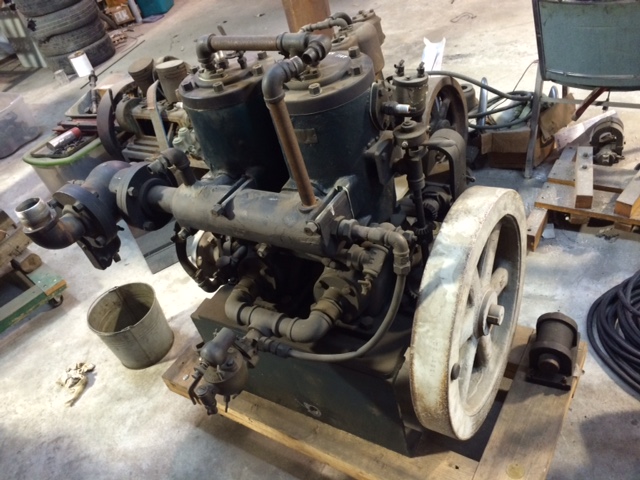
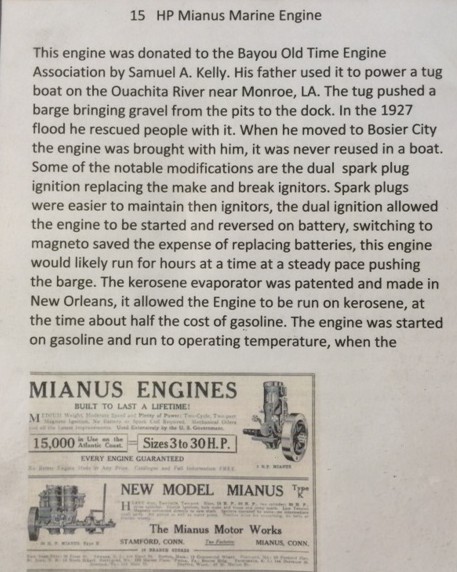 |
    
robert
Senior Member
Username: robert
Post Number: 760
Registered: 07-2003
| | Posted on Saturday, September 10, 2016 - 01:50 pm: | 




|
Neat old engine. Surprising how many engines used in temperate zones didn't have drain cocks on the end of their water pumps! The hot air inlet off the exhaust manifold: having trouble figuring that one out. Almost looks like the first Exhaust Gas Return!
So the starting batteries would have been taken out and charged periodically?
Came with the old low tension coil but not the old ignitors? |
    
jb_castagnos
Senior Member
Username: jb_castagnos
Post Number: 1206
Registered: 07-2002

| | Posted on Sunday, September 11, 2016 - 05:07 am: | 




|
Robert, this engine is set up with a kerosene vaporizer. It was started on gasoline through the Schebler, when hot enough it would switch to kero. The kero entered at the ball on the back of the exhaust, it is set up like a mixer. There is a mixture needle that leads to a hole in the seat of an inlet valve. When intake air opens the valve it draws kero with it, it has to go through a tube the length of the exhaust helping to insure vaporization. The vaporizing unit was patented and made in New Orleans, only one I've seen. The low tension coil belongs on the engine next to it, didn't notice it when I took the picture. |
    
richarddurgee
Senior Member
Username: richarddurgee
Post Number: 3875
Registered: 11-2001
| | Posted on Sunday, September 11, 2016 - 07:44 pm: | 




|
*
JB
I have not seen a kerosene vaporizer unit
either but there were some, although I didn't keep a list I could look !
This one I had on file
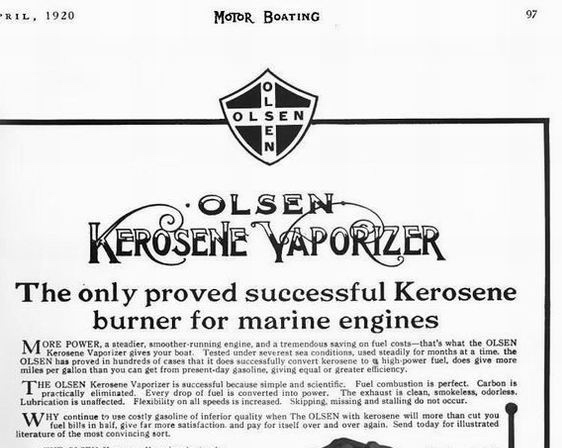
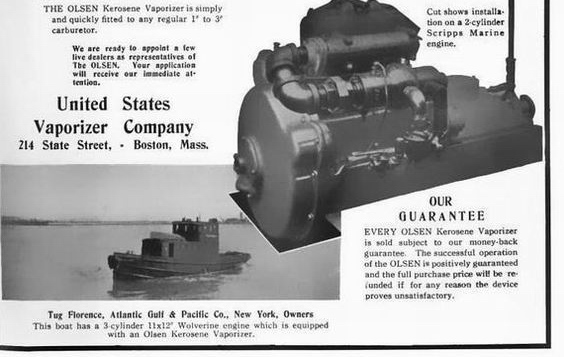
This is My GRay Model T, it has two carbs per cylinder one gas one kerosene, at Calvert years ago Ernie wanted to see the Kerosene nozzle.
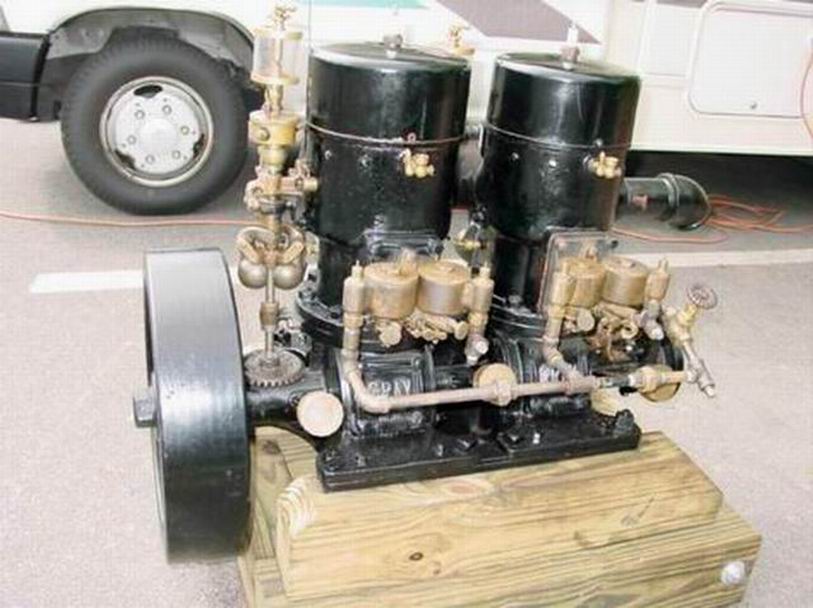
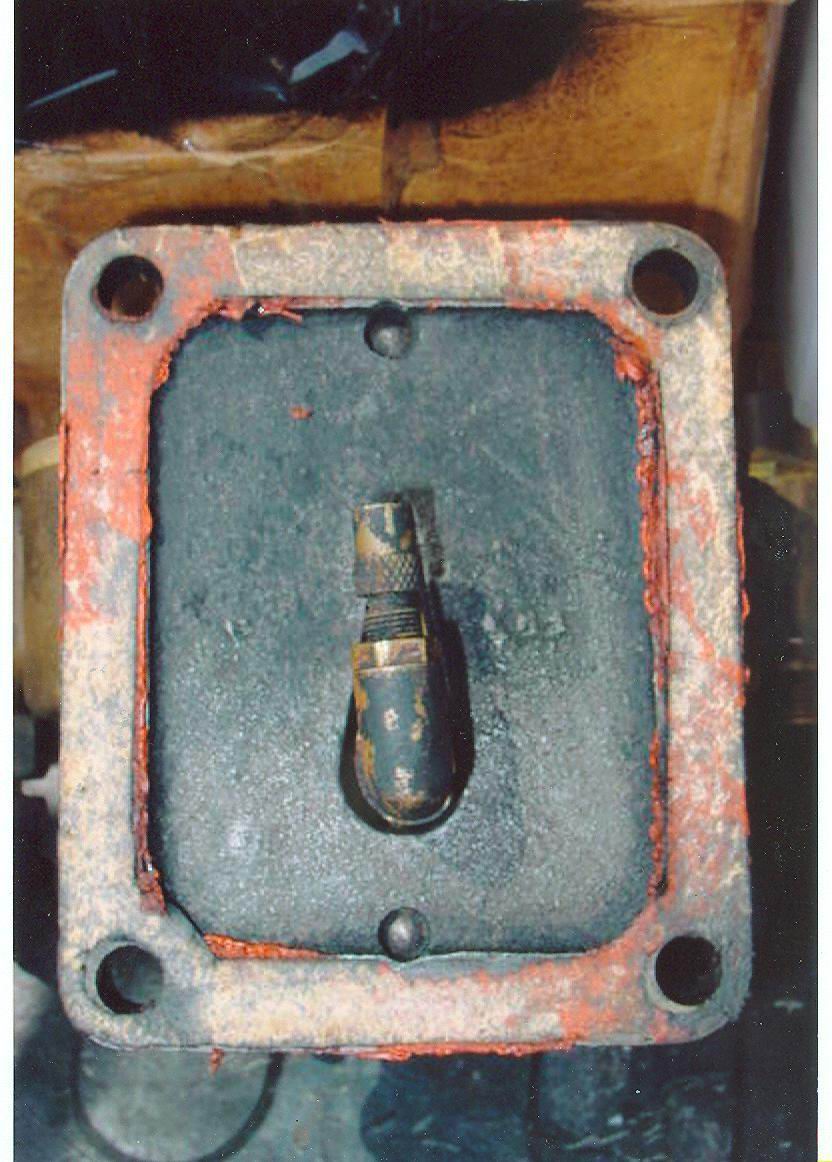
Gasoline was at the outrageous price in 1920 of .20 to .25 cents per gal
Kerosene 12.5 to 18 cents per gal ?
* |
    
jb_castagnos
Senior Member
Username: jb_castagnos
Post Number: 1208
Registered: 07-2002

| | Posted on Monday, September 12, 2016 - 01:37 pm: | 




|
Here's pictures of the vaporizer.
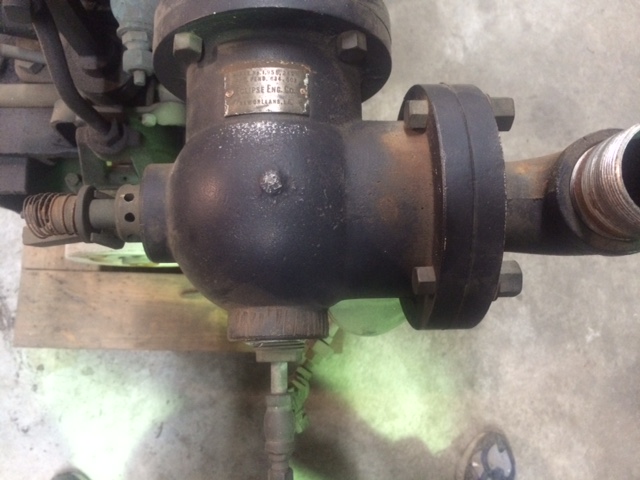
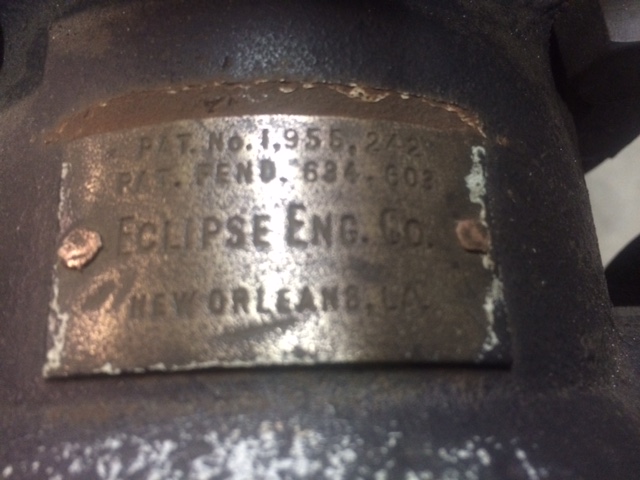 |
    
qwilkin
Senior Member
Username: qwilkin
Post Number: 112
Registered: 08-2009
| | Posted on Monday, September 12, 2016 - 06:07 pm: | 




|
Reminds me of the old Fordson Tractors which had twin tanks one for kero and one for petrol start on petrol then switch to kero saves money Quinton |
    
robert
Senior Member
Username: robert
Post Number: 761
Registered: 07-2003
| | Posted on Monday, September 12, 2016 - 09:36 pm: | 




|
Richard, thank you for the explanation and additional photos. I'm still not clear on how the vaporized kerosene would get to the intake. So the copper pipe on the flywheel end of the exhaust manifold that goes down to the inlet manifold just introduces hot air or hot exhaust gasses?
That Gray T is a beauty. The inlet pipes for one fuel are missing? |
    
richarddurgee
Senior Member
Username: richarddurgee
Post Number: 3876
Registered: 11-2001
| | Posted on Monday, September 12, 2016 - 10:34 pm: | 




|
*
These additional photos show the intakes.
What's cool are the two hand valves (Last photo)
between the pairs of carbs, they are shaped like an arrow pointing to the active fuel.
And a governor as well !
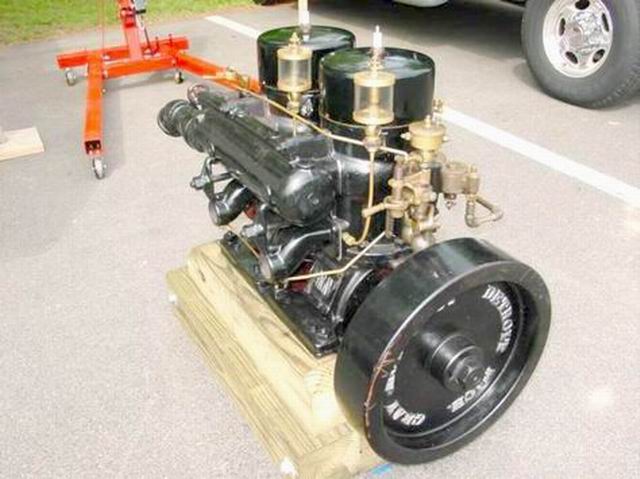
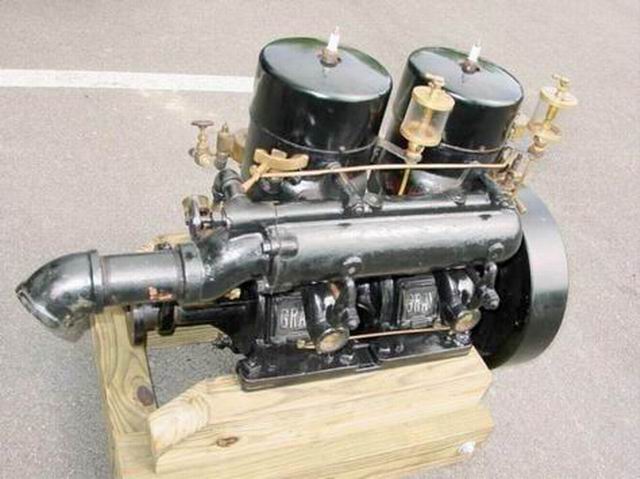
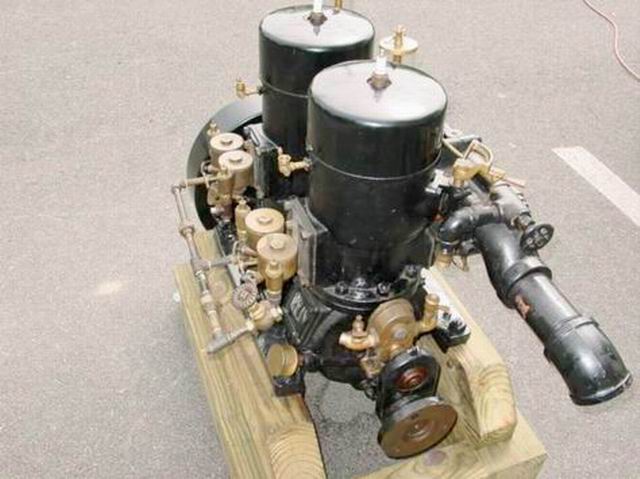
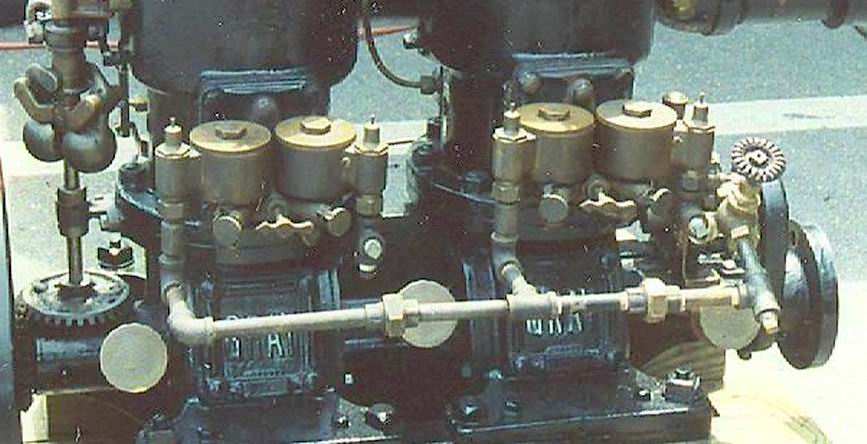
* |


